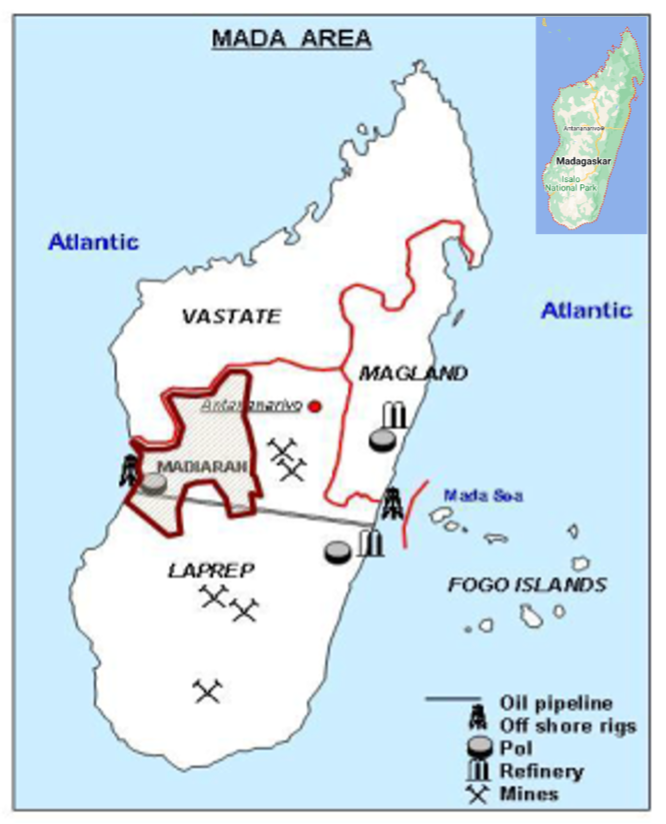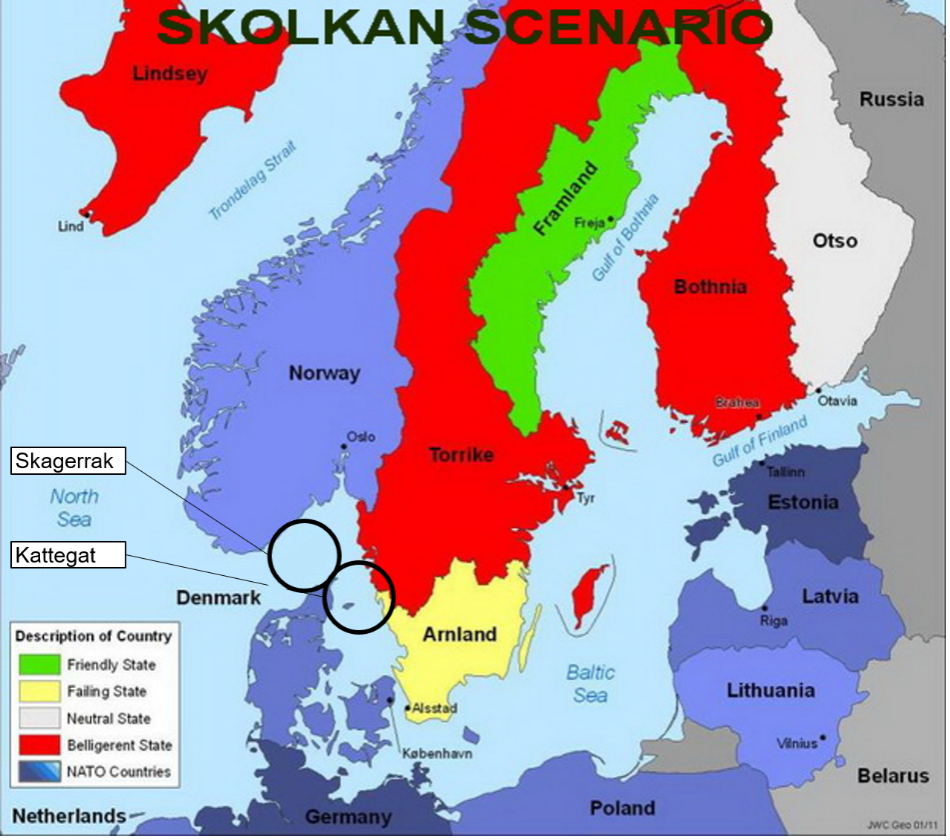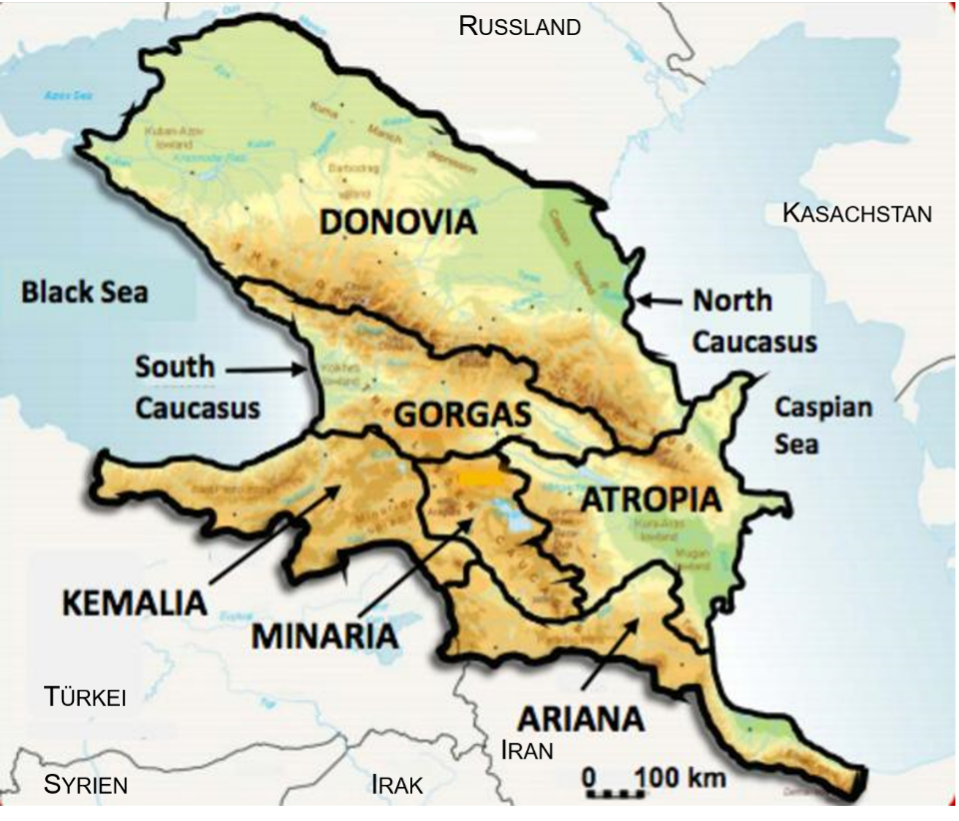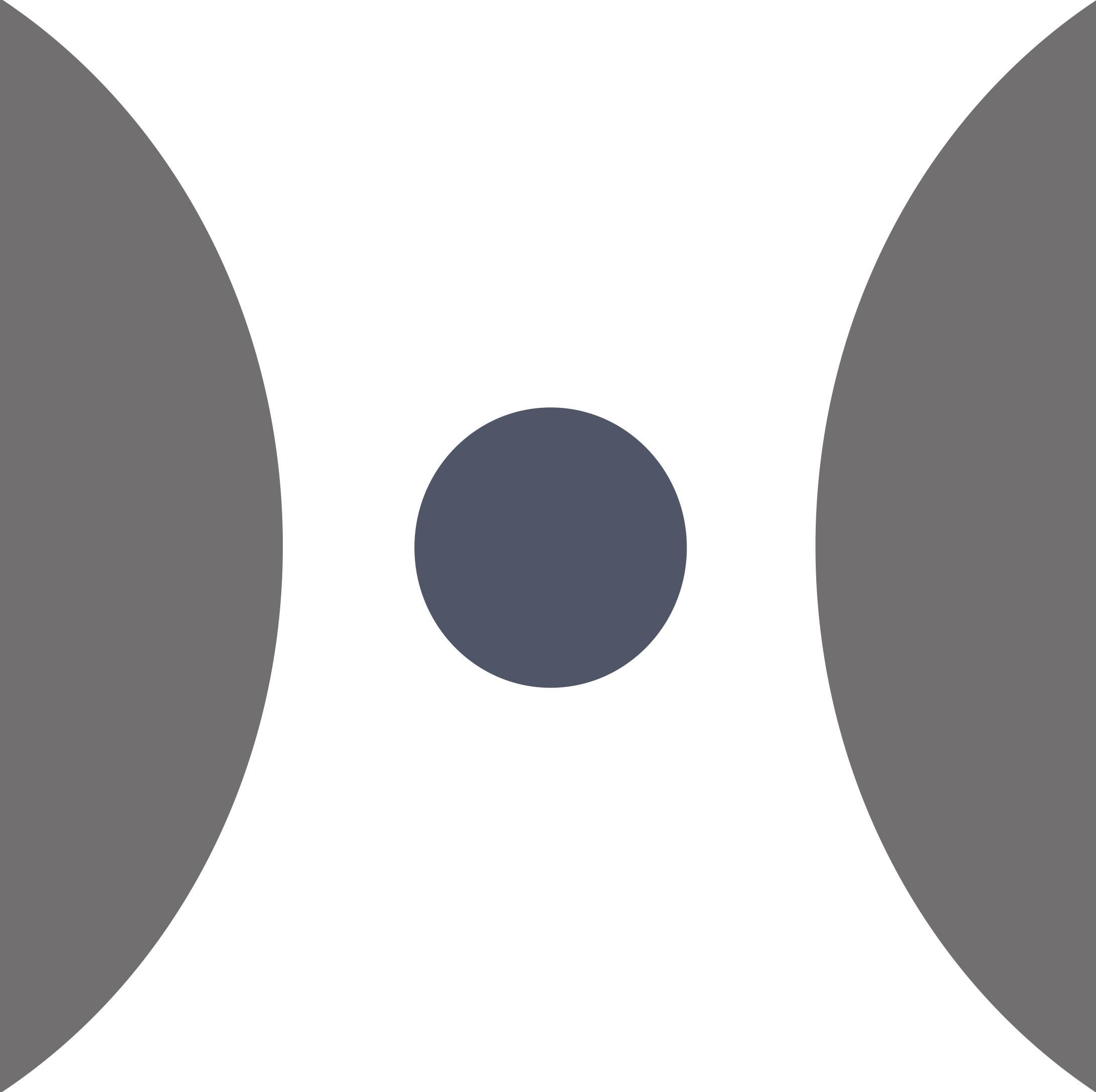How the Cow was Lured to the Milking Parlor
When the Cold War ended, Switzerland fell into euphoria, believing old problems dating back to two world wars would now be quickly solved through peaceful cooperation. It was during this time that cooperation between Switzerland and NATO began, which was intended to lead to the so-called interoperability, meaning the ability to collaborate between armed forces. Swiss army officers increasingly participated in NATO training events. However, soon the ugly side of this cooperation emerged when the West and NATO used their monopoly position as the world’s strongest military alliance to implement old geopolitical concepts to suppress popular uprisings worldwide and topple undesirable regimes.
Spirit of Departure and Partnership
The starting point for the rapprochement between non-members and NATO was the Partnership for Peace program PfP. It was fundamentally intended for countries that sought rapprochement with NATO but to whom NATO did not want to offer membership.[1] That sort of skepticism arose because it was suspected that some countries believed that on the base of a NATO membership, they could reignite old conflicts with Russia. When one hears today’s voices from the Baltic States, it becomes clear that this scepticism was very justified at the time.
When the PfP was launched in 1994, a spirit of departure was in the air. At the OSCE Foreign Ministers meeting in Budapest, it was decided that Ukraine and Belarus would give up their nuclear weapons.[2] The old problems of the continent suddenly seemed solvable. In this context, the Minsk Group was founded to resolve the Karabakh conflict.[3] Joint peacekeeping operations were planned. But already in the following years, it turned out to be impossible to solve the ethnic conflicts in the former Yugoslavia, and a dispute over Russian peacekeepers in Pristina almost triggered a major war.[4] These events should have prompted a rethinking process in Bern.
At that time, Switzerland also believed it needed to participate in so-called crisis management operations if necessary. The reservation that this required a mandate from the UN or the OSCE was very justified. The UN is, after all, the organization that stands for at least a minimum of generally accepted rules in dealing with the world’s over 190 states. Today, the EU claims this role, but it is definitely not entitled to do so as it constantly applies the law of the stronger with its economic and political sanctions, which it criticizes so vehemently.
The “Mada scenario” from NATO training was the military expression of such fantasies. It was used in training courses attended by officers from PfP nations. It was about suppressing an uprising on a fictional island and keeping a “legitimate” government (i.e. favorable to the West) in power. The authors of the scenario at NATO made no effort to hide the resemblance to existing countries, as it is evident at first glance that the affected island had to be Madagascar. Whether the NATO planners asked in Antananarivo before they designed this scenario was not up for discussion in the exercises: here is the tool, so exercise!

Source: NATO[5]
Certainly, there would have been alternatives. For example, in the form of a scenario within a NATO member country. Furthermore, this would have had the advantage that reconnaissance missions on the ground, possibly even exercises involving the deployment of command facilities or even exercises involving troops would have been possible. Of course, exercises at the operational level must create the possibility of cooperation between branches of armed forces, as well as between forces from different nations. Especially the Mada scenario showed participants the significance of naval power. Supported by such forces, NATO states have the opportunity to threaten any country at practically any sea worldwide with the deployment of aircraft carrier battle groups.[6] Especially the aircraft carriers of the US Navy have more combat aircraft than most armies in the world and the amphibious battle groups following them have more tanks and helicopters.
Now the question arises what role Switzerland and its army are to play in such a scenario.
Interventions from Sweden to Georgia
Another scenario used in NATO staff exercises focusing on crisis management operations was the Skolkan scenario. This took place in a fictional state in the collapsed Sweden and Finland. This is, of course, a reheated scenario from the Cold War when NATO believed the Soviet army would fight its way through Sweden to the North Sea and intended to attack targets of the Warsaw Pact or the Warsaw Treaty Organization from Sweden.[7] For neutral participants it was at least comforting to learn that NATO also doesn’t achieve much more but to warm up old scenarios.

Source: NATO,[8] Additions by Author.
In Switzerland’s Armed Forces Command Staff, the question arose as to why the Swiss army constantly sent officers on long foreign assignments with NATO, where they almost exclusively receive training in counterinsurgency. This cannot be the task of the Swiss army, neither at home nor abroad. Switzerland does not need this kind of know-how. However, in those years, the Swiss army uncritically adopted exactly these types of operations, which was particularly evident in the so-called area security operation that was taught for years in the army’s higher cadre training courses (HKA). At the top of the HKA, there was annoyance at the time that hardly any representatives from cantonal governments could be found to participate in its exercises. The fact that such nonsense was even celebrated at all is due to the weakness of the then chiefs of the army and the Security Policy Department in the Ministry of Defense. Here, a genuine Chief of the General Staff should have provided the impetus necessary and should still do so today.
In the meantime, it seemed that especially in the US, the desire to constantly protect or “liberate” fictional states had been lost. A case in point was the (new) “GAAT scenario” for the South Caucasus: Georgia Armenia Azerbaijan Turkey. Here, the Americans made little effort to maintain political correctness, as the scenario is obviously about Iran: the fictional area “Ariana” included the northern parts of the Iranian provinces West Azerbaijan, East Azerbaijan, Ardabil, and Gilan. The term “Donovia” comes from the Don River in southern Russia. And it is also clear that “Kemalia” can actually only be Turkey.

Source: Wall Street Journal[9]
Swiss Tanks for what?
The pinnacle of this soap-opera was the internal training week of the then HKA chief, Major General Zwygart in 2007. He assembled a brigade staff from all the instructors from the Military Academy Zurich, the Central Command School Lucerne, the Professional NCO School Herisau, and the General Staff School. This staff was to command a multinational brigade in such a crisis management operation. Zwygart probably wanted to promote his own career and hoped that NATO member countries would send even more officers to the HKA courses. Somehow he was probably unaware that NATO had little interest in learning from a country that has hardly any practical experience in peacekeeping itself. NATO participation was therefore modest: two Belgians. Staff exercises on peacekeeping were conducted by the Swedes every two years at that time and continue to do so.[10]
The Swiss army never dealt with real credible scenarios of national defense but nevertheless always afforded the luxury of strong mechanized forces. It was long claimed that the Leopard II tanks of the Swiss army could neither be deployed within the country nor could their use be practiced in the country. At that time, the doctrine department of the Ground Forces babbled about a deployment of four Swiss armored brigades in southern Germany. This would have meant that Switzerland would enter a pan-European war before it was attacked itself. Thus, the army went far beyond the original intention of participating in peacekeeping operations and extended cooperation to the area of national defense, for which there were no concrete ideas anyway.
Those Afraid of the Big Bad Wolf Should Pay
Anyone experienced in dealing with EU diplomats will easily anticipate how dealings with Switzerland will continue:
- Phase 1 will consist of stating that the Swiss are security policy free riders.
- In Phase 2, the Swiss will be taught to fear “the Russian.” Those who assess the capabilities of the Russian army impartially know that there is no reason to panic. However, the Swiss will be made to believe that they must purchase armaments worth four billion francs annually – made in USA, of course.
- And in Phase 3, Switzerland will be asked to contribute to the costs of “defending Europe.” Solidarity with NATO countries that spend 2% of their GDP on their armies means transferring an additional nine billion francs annually to NATO.[11] This is intended to prevent Russia from doing what it cannot and probably does not even want to do: annex Western Europe.
[1] Siehe “Partnership for Peace programme” auf der Homepage der NATO, online unter https://www.nato.int/cps/en/natolive/topics_50349.htm. Zur russischen Beteiligung siehe “Statement by the Secretary General on Duma Ratification of PfP Status of Forces Agreement“, ebd. online unter https://www.nato.int/docu/pr/2007/p07-058e.html. Vgl. “Partnership for Peace: Framework Document issued by the Heads of State and Government participating in the Meeting of the North Atlantic Council” auf der Homepage der NATO, online unter NATO https://www.nato.int/cps/en/natohq/official_texts_24469.htm.
[2] Im Unterschied zum alljährlich im Dezember stattfindenden Ministerrat der OSZE, an welchem die Außenminister der Teilnehmerstaaten teilnehmen, waren 1994 Staats- oder Regierungschefs vertreten. Siehe “Fourth Heads of State Summit, Budapest“, auf der Homepage der OSZE, 05./06.12.1994, online unter https://www.osce.org/who/timeline/1990s/11. Zum Memorandum und den Sicherheitsgarantien siehe “KSZE Budapester Dokument 1994, der Weg zu echter Partnerschaft in einem neuen Zeitalter”, Korrigierte Fassung vom 21. Dezember 1994, online unter https://www.osce.org/files/f/documents/e/4/39556.pdfund Memorandum on Security Assurances in connection with Ukraine’s accession to the Treaty on the Non-Proliferation of Nuclear Weapons, 5 December 1994, online unter http://www.ppnn.soton.ac.uk/bb2/Bb2secK.pdf.
[3] Siehe “OSCE Minsk Group” auf der Homepage der Organisation für Sicherheit und Zusammenarbeit in Europa, online unter https://www.osce.org/mg.
[4] Siehe “Robertson’s plum job in a warring Nato” bei The Guardian, 03.08.1999, online unter https://www.theguardian.com/world/1999/aug/03/balkans. Der britische Sänger James Blunt heftete die Lorbeeren für die Verhinderung des Dritten Weltkriegs an seine Fahnen. Siehe “Wie ich den Dritten Weltkrieg verhinderte” bei Der Spiegel, 15.11.2010, online unter https://www.spiegel.de/panorama/leute/james-blunt-wie-ich-den-dritten-weltkrieg-verhinderte-a-729197.html. Vgl. Team Mighty: Why a NATO general defied the Supreme Allied Commander in Kosovo in 1999, , bei We are the Mighty, 29.09.2023, online unter https://www.wearethemighty.com/mighty-moments/why-a-nato-general-defied-the-supreme-allied-commander-in-kosovo/.
[5] Der Verfasser hat mit diesem Szenario in NATO PfP Kursen selbst gearbeitet.
[6] Siehe “Der große Knüppel im Mittelmeer” auf Global Bridge, 16.04.2023, online unter https://globalbridge.ch/der-grosse-knueppel-im-mittelmeer/.
[7] Siehe “The Soviet Threat to Sweden during the Cold War“, bei. Parallel History Project on Cooperative Security, ETH Zürich, online unter https://phpisn.ethz.ch/lory1.ethz.ch/collections/coll_sovthreat/Introduction2f3a.html?navinfo=46465. Die Sowjets betrachteten im Kalten Krieg Schweden als mögliches Einfallstor für strategische Bomber aus den USA und Großbritannien in den Nordwesten der Sowjetunion. Der Schweizer Militärhistoriker Rudolf Fuhrer stellte nach Sichtung der Operationsplanungen und Übungsszenarien in den Archiven der ehemaligen WVO-Staaten fest, dass die Ausgangslage immer so formuliert gewesen sei, dass ein umfassender Kernwaffenschlag gegen die DDR und die ČSSR erfolgt sei und möglichst rasch ein Gegenschlag gegen die NATO geführt werden müsse. Siehe Hans-Rudolf Fuhrer, Alle Roten Pfeile kamen aus Osten – zu Recht?“, in Military Power Review der Schweizer Armee, Nr. 2/2012, S. 50, online unter https://www.files.ethz.ch/isn/155690/MPR_2-12%20web.pdf.
[8] Siehe Alfred Goertz, Adrian Williamson: NATO Training Centres’ Conference on collaboration for Settings, Scenarios and Simulation, online unter https://www.jwc.nato.int/images/stories/threeswords/nov_TS3.pdf. Vgl. Vgl. “Beinahe katastrophale Fehlbeurteilungen”, bei Zeitfragen, Nr. 25/26, 16. November 2021, online unter https://www.zeit-fragen.ch/archiv/2021/nr-2526-16-november-2021/beinahe-katastrophale-fehlbeurteilungen.
[9] Siehe James Marson, Julian E. Barnes: After Multiple Invasions, the U.S. Army Is Getting Tired of Liberating Atropia, bei Wall Street Journal, 11.09.2017, online unter https://www.wsj.com/articles/after-multiple-invasions-the-u-s-army-is-getting-tired-of-liberating-atropia-1505144872.
[10] Siehe “Viking 22 – the world’s largest international computer aided staff exercise” zur letztmaligen Austragung der Übung auf der Homepage der Schwedischen Armee, 28.03.2022, online unter https://www.forsvarsmakten.se/en/news/2022/03/viking-22-the-worlds-largest-international-computer-aided-staff-exercise/.
[11] Siehe Christiane Hoffmann: Nato-Forderungen an Deutschland; der Zwei-Prozent-Fetisch, bei Der Spiegel, 04.04.2019, online unter https://www.spiegel.de/politik/deutschland/nato-der-zwei-prozent-fetisch-kommentar-a-1261274.html und Matthias Naß: Zwei Prozent – aus eigenem Interesse, Kolumne bei Zeit Online, 11.07.2018, online unter https://www.zeit.de/politik/2018-07/verteidigungshaushalt-nato-bundeswehr-ausruestung-donald-trump-5vor8.
Photo by freestocks on Unsplash

